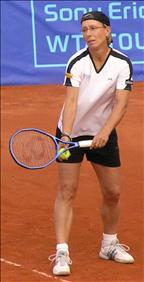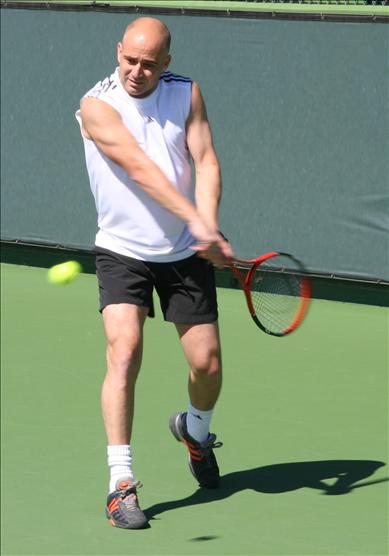Professional sports persons are a special breed of individuals.
Out of thousands of aspirants, only a select few make it to the top echelons of international sport, achieved through talent, hard work (often under unfavourable conditions) and by overcoming numerous barriers.
The achievement of their long held dream of competing and succeeding on the international arena has many by- products; name, fame and money.
As the cycle of time moves on, individuals also have to decide the right time to retire. This is a difficult decision as sportspersons have to strike a correct balance between professional demands, market forces and personal goals.
What then, is the right decision?
Age is ascribed as one of the parameters signalling it is time to go.
We have certain pre-conceived notions about the retirement age for sports personalities. Some of them may hold less credence in today’s technologically advanced world. With the best training facilities and coaches available, people can still maintain and compete on fitness levels with younger aspirants.

 We have examples of Martina Navratilova, Andre Agassi and the Indian Express duo of Leander Peas and Mahesh Bhupathi in Tennis still competing and winning Grand Slam Tennis titles after the age of 30; the so-called age at which most players lose their game.
We have examples of Martina Navratilova, Andre Agassi and the Indian Express duo of Leander Peas and Mahesh Bhupathi in Tennis still competing and winning Grand Slam Tennis titles after the age of 30; the so-called age at which most players lose their game.
In Cricket, Jacques Kallis and Rahul Dravid are still the lynchpins of their teams, and we are not even getting Sachin Tendulkar, the doyen of World Cricket involved in this argument.
Mental fortitude is paramount to succeed and compete at the international level.
Good examples of what strong will power can do for athletes can be found from the results of tennis players Jennifer Capriati and Monica Seles.
These players have overcome serious health and personal problems to return to tennis courts and win Grand Slams.
The desire to continually push and improve one’s self is a major contributing factor in creating world beating sportspersons.
With passage of time, this begins to waver in individuals.
Who can blame them? After achieving most of their goa ls, concentration levels can begin to vacillate. The hunger to succeed diminishes, and what they grew up wanting to do in their lives starts resembling a chore.
ls, concentration levels can begin to vacillate. The hunger to succeed diminishes, and what they grew up wanting to do in their lives starts resembling a chore.
Personal goals eclipsing the team objectives are a sign that the time to call it quits is near. Personal aims can be good motivating factor for individuals; but only if integrated with the team goals.
In team sports, legends of the game must introspect whether their continued presence is leading to other talented players in their prime form are being forced to sit out.
This is where the individual concerned and their support staff must pick up the signals and take a call to soon either rectify these ills, or bow out of the game gracefully.
The legacy that an individual wants to leave behind also plays an important role.
The debate will linger on about the timing of retirement for the players.
The deciding factor should be the performance of individuals and their mental make-up.
But the decision would not be easy in this age of 24-hour news channels scrutinising even the minute moves of athletes and unheard of amounts being brandied about to tempt them to prolong their presence in the field.






